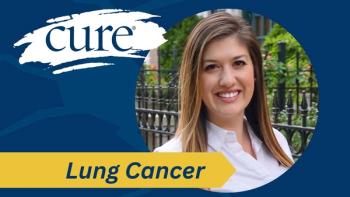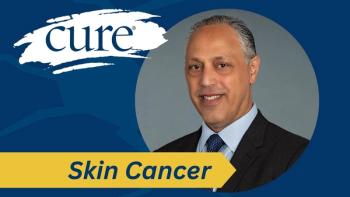
- 2020 Breast Cancer Special Issue
Helping Underserved Women at the Community Level Can Be a Crucial Step Toward Reducing Deaths From Late-Stage Breast Cancer
Helping underserved women at the community level can be a crucial step toward reducing deaths from late-stage breast cancer. A grassroots initiative in Florida aims to contribute to that change and inspire the formation of similar groups.
This month marks the 35th anniversary of Breast Cancer Awareness Month, the first organized effort to bring widespread attention to this devastating disease. When the annual recognition started, 1 in 11 women received the diagnosis, and there was no national organization dedicated to representing patients with breast cancer; you could not even say the word “breast” in mainstream media. When my sister Suzy was dying from breast cancer in 1980, I promised her I’d do everything I could to stop the disease and the social stigma that surrounded it, even if it took the rest of my life.
We’ve come a long way in 35 years, raising billions of dollars for breast cancer research and awareness. But this year, our nation is reeling from a global pandemic, economic downturn and rising racial tensions — all of which have amplified barriers to health care and further exposed the troubling health disparities among at-risk and underserved populations across the country.
As someone who has devoted her life to fighting for better and more accessible health care for women, I believe that systemic change in how we prevent and treat breast cancer is necessary now more than ever, as racial disparities in mortality from the disease continue to persist. Let’s look at the facts.
According to the Centers for Disease Control and Prevention, breast cancer incidence rates between 1999 and 2013 were higher among Black women younger than 60 compared with White women in general. Additionally, Black women were 40% more likely to die from breast cancer, due at least in part to lack of early diagnosis, compared with White women.
The persistence of breast cancer disparities is not just a medical issue. In fact, the growing number of disparities in breast cancer outcomes is a result of social determinants that desperately need to be addressed. This includes poor access to care and health education, a fragmented system with minimal public hospitals, lack of health insurance and financial resources, transportation and language barriers, and culturally inadequate service providers.
The years I spent building Susan G. Komen and our extensive network of results-oriented affiliates offered me invaluable insights into both the assets and challenges of running
a strong, nationally focused organization. Although we made tremendous strides in resource acquisition, advocacy and cause marketing among public and private sector allies, I also learned that, in other respects, a large, national charity is not always the optimal solution for providing personalized treatment to the women who need it most.
It was on this premise that I co-founded the Promise Fund of Florida (promisefundofflorida.org), a grassroots and community-driven organization that aims to reduce deaths from late-stage breast and cervical cancer through early detection, diagnosis and treatment for underserved women in Palm Beach County.
At the Promise Fund, every dollar we raise from the community stays in the community. We are mobilizing our mission by developing a continuum-of-care delivery model that guides patients through the health care system, ensuring quality completion of their care and alleviating costs and other barriers to treatment, such as transportation and child care.
The Promise Fund currently serves Palm Beach County, but the need we are addressing exists in every community across the nation. My goal is for the Promise Fund’s continuum-of-care model to serve as a foundational framework that can be replicated nationwide to stop the progression of this horrible disease.
A failure to institute a new model of care for our underserved communities will halt the progress we’ve made over the past 31⁄2 decades in reducing breast cancer incidences. So, this October, as we wear pink to support Breast Cancer Awareness Month, I encourage you to learn more about how your community can more effectively improve and expand breast cancer care, bringing health equity and social justice to all.
Nancy G. Brinker, founder of Susan G. Komen, is a 2009 Presidential Medal of Freedom recipient and an author whose journey began with a promise to her dying sister that she would do everything possible to end the shame, pain, fear and hopelessness caused by breast cancer. In 2018, Brinker spearheaded creation of the Promise Fund of Florida, a nonprofit organization that aims to improve outcomes and reduce deaths from breast and cervical cancers in Palm Beach County. In August 2020, she was selected as one of USA Today’s “100 Women of the Century” for her lifetime of volunteerism, public service and advocacy in the fight against breast cancer.
For more news on cancer updates, research and education, don’t forget to
Articles in this issue
about 5 years ago
A Look Back at the Movement That Changed the Breast Cancer Journeyabout 5 years ago
Metastatic Breast Cancer Took Everything from This Patientabout 5 years ago
A Metastatic Breast Cancer Journey Can Be Very Lonelyabout 5 years ago
A Man Who Received a Breast Cancer Diagnosis Says It Saved His Lifeabout 5 years ago
People Who Have Cancer Can Leave Behind a Couple Kinds of Legaciesabout 5 years ago
Beyond the Breast: How Some Patients Combat Brain Metastases



